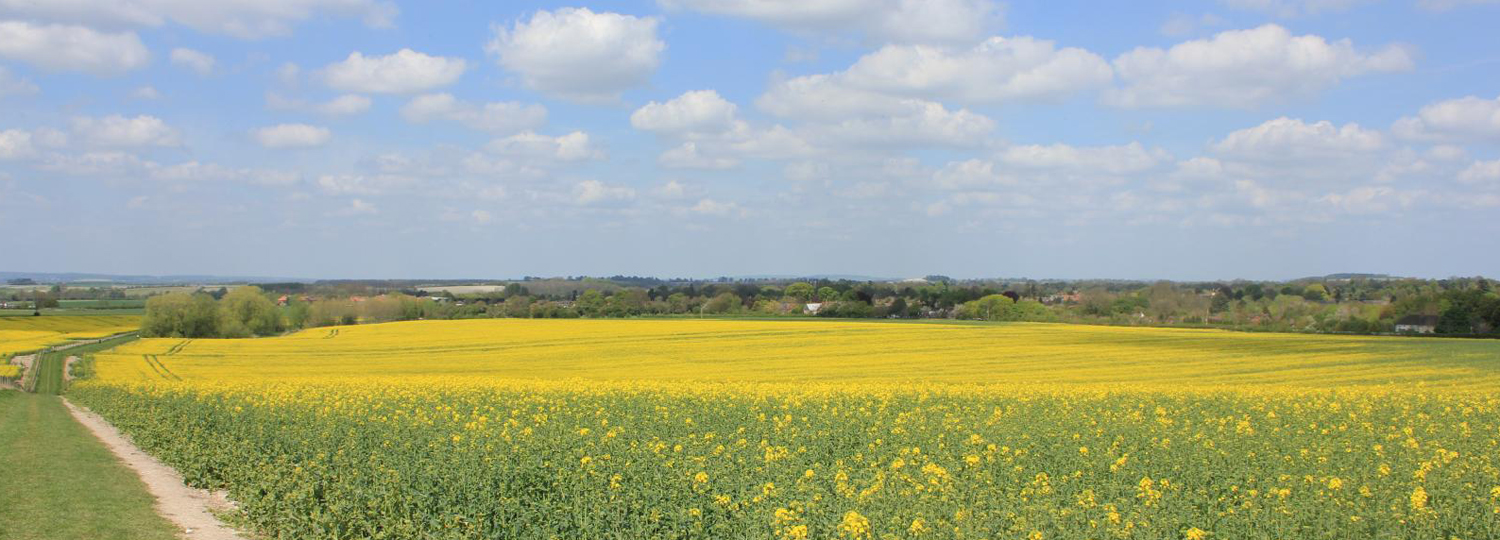Why were the field studies needed?
- The evidence base relating to the effects of neonicotinoid use on pollinators is considered to be deficient by many scientists:
- previous field studies have been criticised for being poorly replicated and small scale;
- laboratory studies have been questioned for not representing real world exposure
- The European Food Standards Agency (EFSA) recent (2013) guidelines on the risk assessment of plant protection products on bees make clear the importance of field exposure studies and outline how these should be designed1.
- EFSA have stated they will review new and existing evidence regarding neonicotinoid effects on pollinations. This is now due to report in autumn 2017.
Where did the trials take place?
-
The experimental trial plots were located in the United Kingdom, Germany and Hungary and were harvested in 2015. This gave a good bio-geographic spread across Europe in countries where intensive oilseed rape cultivation is a typical and increasing practice.
What steps were taken to ensure the project was independent and free of bias?
- All aspects of the project (design, monitoring, analysis, data etc) were scrutinised by an independent Scientific Advisory Committee. This committee was chaired by Prof Charles Godfray, FRS (Oxford University) until 31 Dec 2014 and was then chaired by Prof Bill Sutherland (Cambridge University). Prof Godfray FRS was appointed as chair of Defra’s Science Advisory Committee from 1 January 2015 and thus resigned as the advisory group chair.
- CEH has had complete freedom to design the experiment within the constraints of the budget provided.
- Fndings of the study were submitted for peer-reviewed publication in December 2016.
- Data relating to the trial will be made publicly available on publication of the peer-reviewed paper.
What steps were taken to ensure the trials were scientifically robust?
- Following the EFSA guidelines, qualified CEH statisticians conducted a rigorous statistical power analysis to ensure that the experiment had a sufficient number of replicates to have confidence in the detection of ‘no neonicotinoid effect’.
- The experiment was conducted in three European countries (United Kingdom, Germany, Hungary) where a large amount of oilseed rape, previously treated with a neonicotinoid, had been grown.
- The study will be conducted on large contiguous fields of oilseed rape (ca. 50ha) managed by commercial farmers using typical agronomic practice. Treated and untreated fields were separated by at least 4km following EFSA guidelines.
- The size of the treated patch was a compromise between the area of crop likely to be approved under experimental licence and the foraging distance of honeybees which ensured a realistic field exposure to the pesticide, ie there were fewer opportunities to forage on neighbouring habitats and possibly untreated oilseed rape. This helped ensure, as far as possible, a realistic, ‘real world’ exposure of bees to neonicotinoid.
- Within a block of three sites, the allocation of treatment(s) (ie which neonicotinoid product was applied and which site was a control) was done at random. Farmers had to know which sites had neonicotinoids applied as it is a legal requirement for them to know what pesticides they are applying. However, for the people actively involved in the monitoring of the sites and processing of samples, no information was given to them as to what seed treatment had been applied to the site they were on.
- The pan-European ban on neonicotinoid seed dressings minimised the risk that the no-treatment controls were contaminated with residues of this pesticide (a criticism of previous field studies).
- Measurements of effects on honeybees followed the guidelines provided by EFSA, including colony grow rate, worker mortality, overwinter survival, and infestations of pests and disease. We also sampled extensively for residues of neonicotinoid in the soil and plant tissue; nectar, pollen, and stored hive products (wax and honey).
- Rigorous power analysis was conducted. A power analysis uses data from previous studies to estimate what level of replication would be required to detect a certain difference between treated and non-treated sites. One of the big problems with undertaking an experiment is understanding whether what is measured is representative of what is actually occuring across all sites. By increasing the number of sites we looked at we become more and more confident that what we observed is actually what occurs in the majority of cases. In addition, by increasing the number of replicates we were better able to detect smaller and smaller differences between sites treated and not treated with neonicotinoids.
Are there any areas for future research?
- CEH believes that the recent derogation will offer opportunities to study the impact of neonicotinoids on the environment in regions worst hit by pest outbreaks. The wider neonicotinoid debate is also an opportunity to consider how we can best manage farmland in a sustainable and responsible way to keep producing food.
1. EFSA (2013). Guidance on the risk assessment of plant protection products on bees (Apis mellifera, Bombus spp. and solitary bees). EFSA Journal 11:3295, 266.

